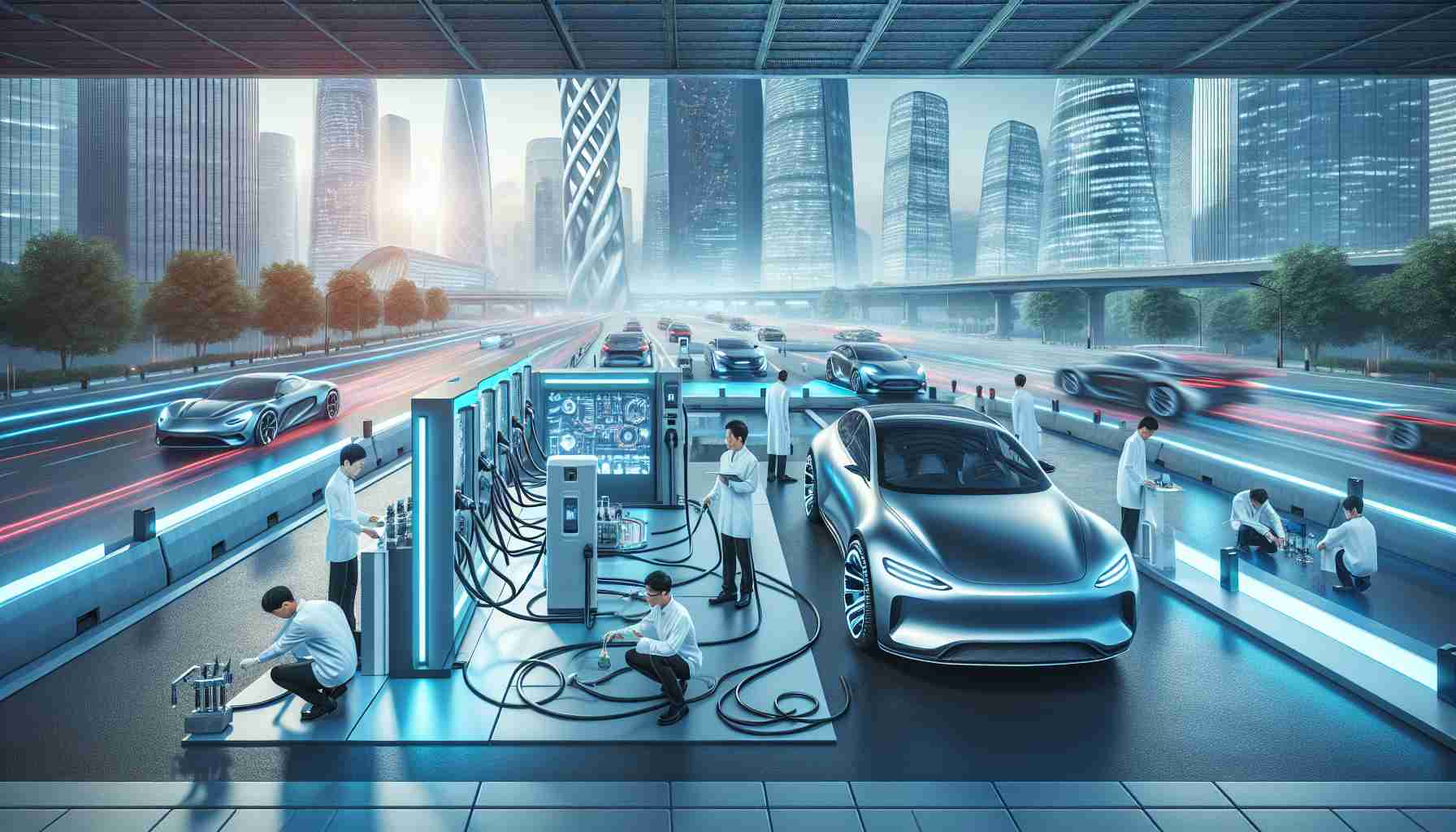Volkswagen and Shanghai’s SAIC Motor have made significant strides in the Chinese automotive market, marking a new era for innovation. The companies announced plans to sell a factory in Xinjiang, while extending their joint venture until 2040, focusing on the production of electric vehicles.
Over the years, Volkswagen has been a key player in China’s auto industry, with its iconic Santana sedans dominating taxi fleets in Shanghai. Now, the focus is shifting towards electric vehicles, with ambitious goals to launch multiple new models by 2030. SAIC, China’s largest automaker, is also ramping up production to meet the demand for EVs, with partnerships extending beyond General Motors.
The decision to sell the Xinjiang factory underscores a commitment to ethical production practices, amidst concerns raised by western governments. Both companies remain dedicated to ensuring the welfare of their employees while adapting to the evolving market landscape. This move reflects a strategic shift towards sustainable and responsible manufacturing practices.
As the automotive industry in China continues to evolve rapidly, this partnership between Volkswagen and SAIC sets a precedent for future collaborations in the realm of electric vehicles. With a focus on innovation and sustainability, the joint venture paves the way for a future where eco-friendly transportation solutions drive progress and growth in the sector.
The Future of Automotive Innovation in China: Unveiling Key Questions and Challenges
Amidst the burgeoning landscape of automotive innovation in China, the collaboration between Volkswagen and SAIC Motor heralds a new era of electrification and sustainable manufacturing practices. While the partnership sets the stage for a greener automotive ecosystem, several questions and challenges loom large, shaping the trajectory of the industry.
Key Questions:
1. How will the extended joint venture between Volkswagen and SAIC impact the competitive dynamics of the Chinese auto market?
2. What strategies are in place to address the critical need for robust charging infrastructure to support the growing electric vehicle fleet?
3. How are government policies and regulations influencing the shift towards electric vehicles in China?
4. What role will advancements in autonomous driving technologies play in shaping the future of automotive innovation in the region?
Key Challenges:
1. Infrastructure Development: The rapid adoption of electric vehicles necessitates significant investments in charging stations and grid capacity to support the transition seamlessly.
2. Technological Innovation: Staying ahead in the competitive landscape requires continuous advancements in battery technology, connectivity, and autonomous driving features.
3. Supply Chain Resilience: Ensuring a stable and sustainable supply chain for key components such as batteries is essential for the long-term success of electric vehicle production.
4. Regulatory Compliance: Adhering to stringent environmental standards and ethical manufacturing practices presents a challenge amidst evolving global expectations.
Advantages and Disadvantages:
The shift towards electric vehicles presents a myriad of advantages, including reduced carbon emissions, lower operating costs, and increased energy efficiency. On the flip side, challenges such as range anxiety, high initial costs, and reliance on rare earth minerals for batteries pose obstacles to widespread adoption.
In conclusion, the partnership between Volkswagen and SAIC Motor symbolizes a pivotal moment in the journey towards automotive innovation in China. By addressing key questions, navigating challenges, and leveraging advantages, the industry is poised to usher in a transformative era driven by sustainability and technological prowess.
For more insights on the future of automotive innovation in China, visit SAIC Motor.



